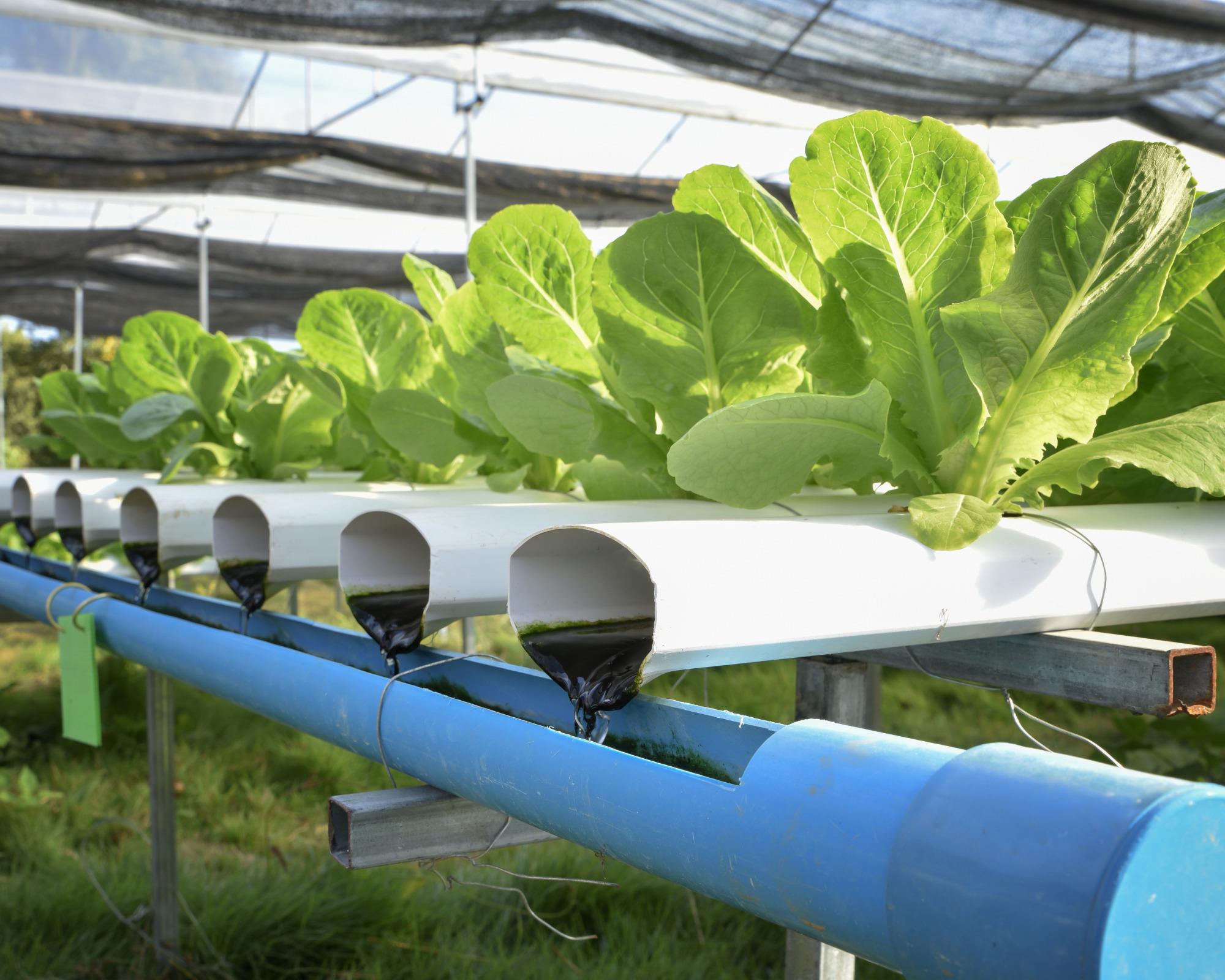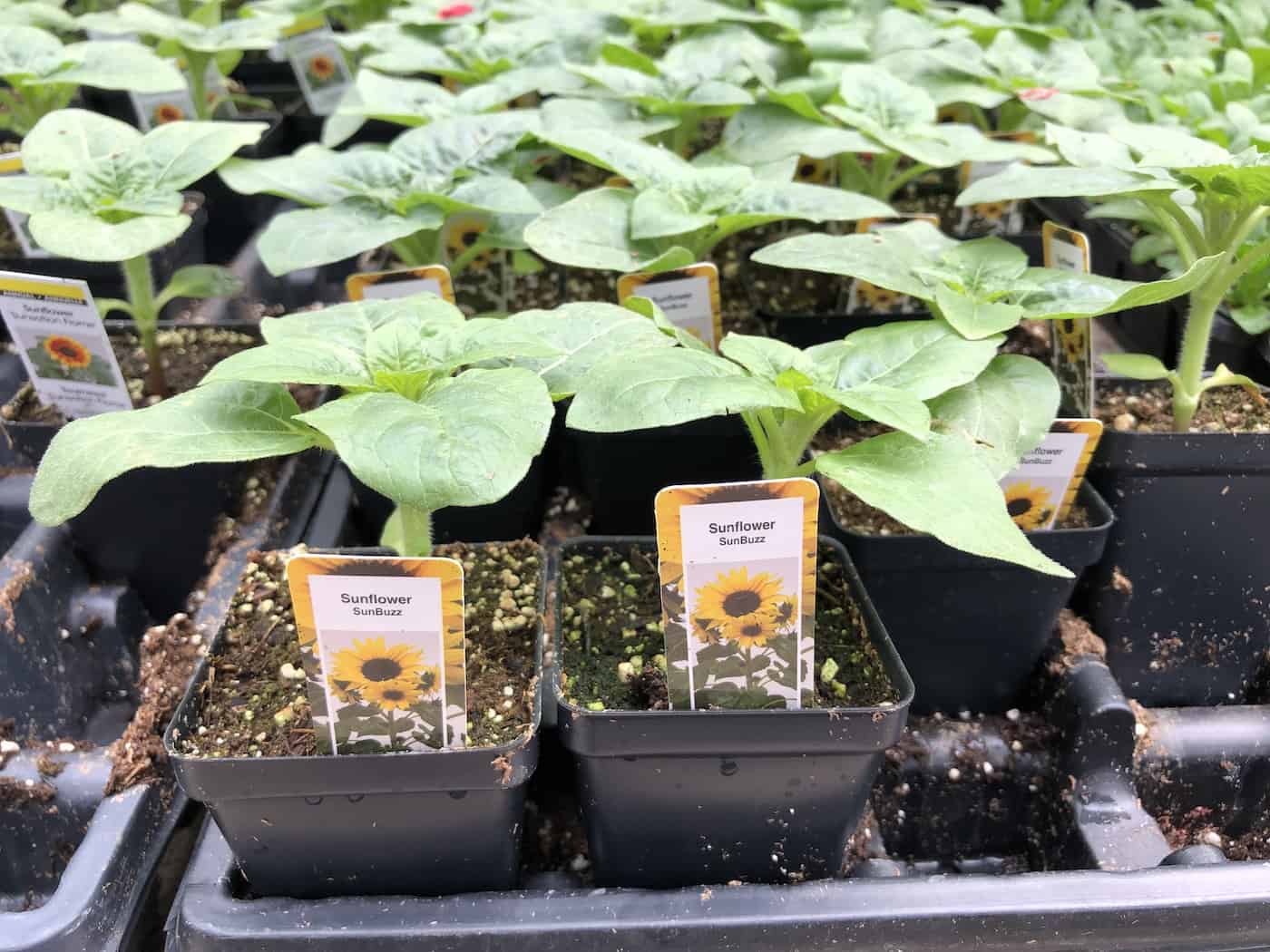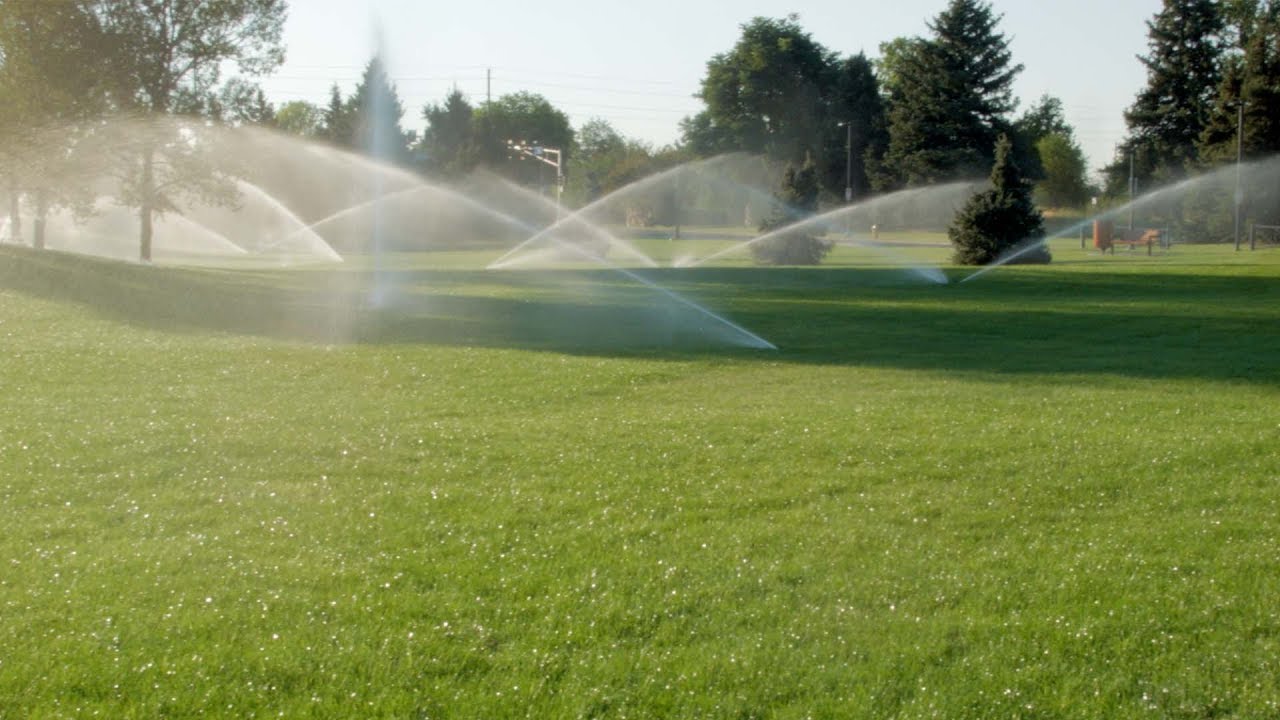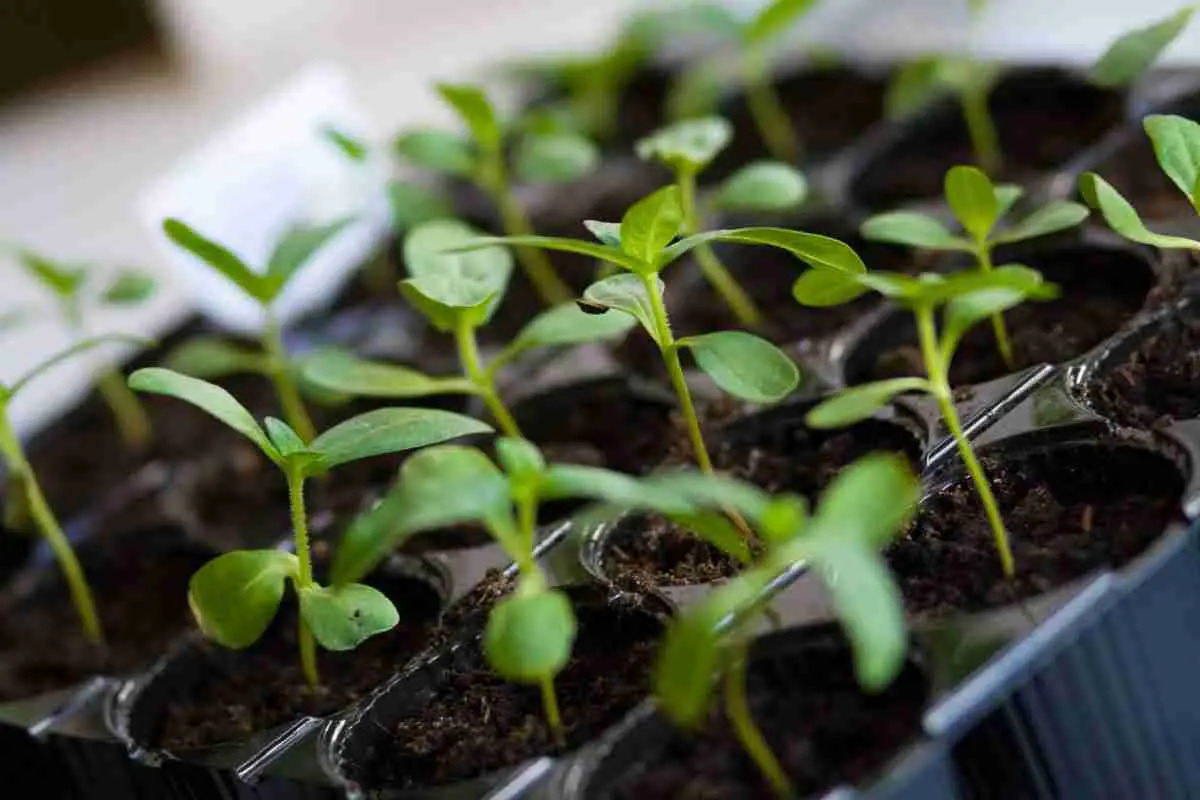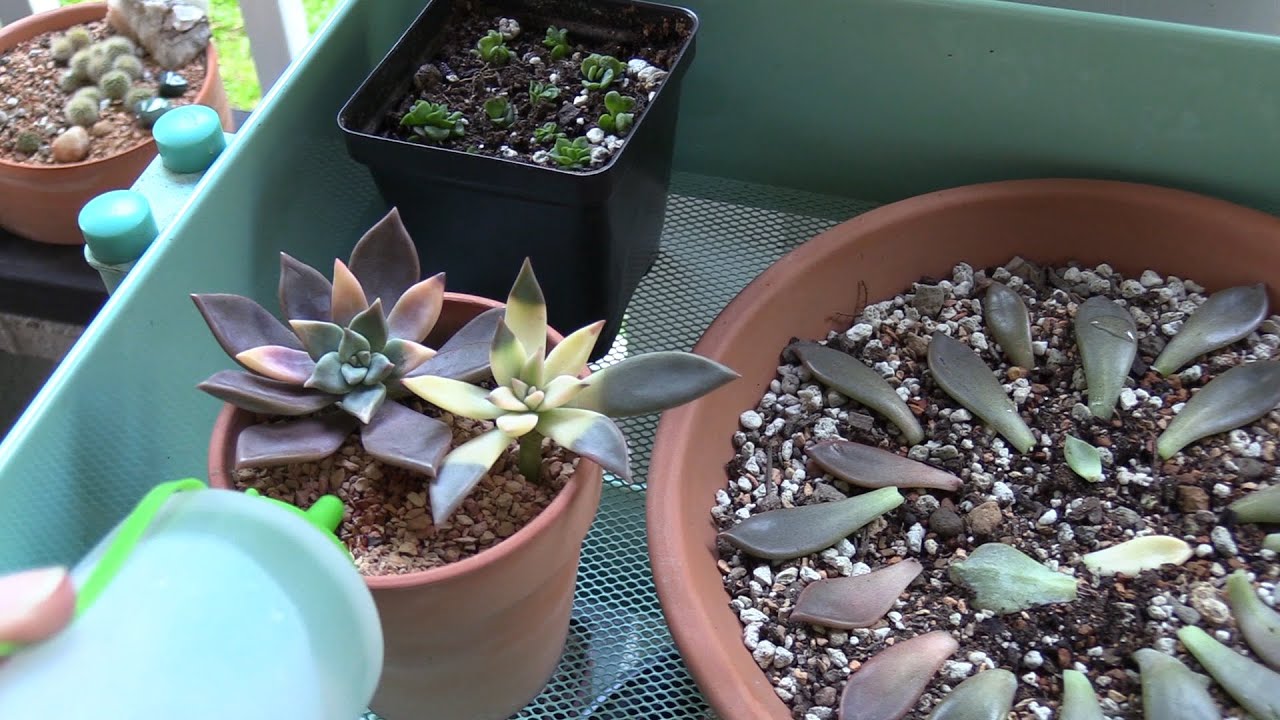Home>Types of Gardening>Edible Gardening>How Much Water For Autoflower Seedlings


Edible Gardening
How Much Water For Autoflower Seedlings
Published: January 1, 2024
Learn how much water to give your autflower seedlings in this comprehensive guide for edible gardening. Ensure healthy growth and avoid overwatering with our expert tips.
(Many of the links in this article redirect to a specific reviewed product. Your purchase of these products through affiliate links helps to generate commission for Chicagolandgardening.com, at no extra cost. Learn more)
Table of Contents
Introduction
Welcome to the world of edible gardening! There is something truly rewarding about growing your own food, and edible gardening allows you to do just that. Whether you have a large backyard or a small balcony, you can create a flourishing garden that provides you with fresh, organic produce right at your doorstep. One aspect of edible gardening that often gets overlooked is the importance of proper watering, especially when it comes to seedlings.
Seedlings are delicate and require specific care to ensure their healthy growth. Water is an essential element for their survival, as it aids in nutrient absorption, supports photosynthesis, and helps plants maintain their turgidity. However, determining the correct amount and frequency of watering can be a bit challenging, especially for autoflower seedlings.
Autoflower seedlings are a popular choice among gardeners due to their ability to automatically transition from the vegetative stage to the flowering stage, regardless of the light cycle. These seedlings have unique watering needs, and understanding them is crucial for their successful growth and development. In this article, we will explore the importance of watering autoflower seedlings and delve into the factors that affect their watering requirements. Additionally, we will provide tips and guidelines for establishing an ideal watering schedule to ensure the health and vitality of your autoflower seedlings.
So, if you’re ready to dive deeper into the world of edible gardening and learn how to properly water your autoflower seedlings, let’s get started!
Importance of Watering Autoflower Seedlings
Watering plays a crucial role in the growth and development of autoflower seedlings. Adequate water supply is essential for their survival as it helps in the absorption and transportation of vital nutrients. Here’s why watering your autoflower seedlings is of utmost importance:
1. Hydration: Water is a primary component of a plant’s structure, and seedlings are no exception. Adequate hydration is necessary to maintain the turgidity of the cells, ensuring that the seedlings remain healthy and upright. Without enough water, the leaves can wilt, leading to stunted growth and potential plant death.
2. Nutrient Absorption: Water acts as a carrier, helping nutrients dissolve and move through the soil to reach the roots of the seedlings. These nutrients are essential for the development of healthy roots, leaves, and flowers. Well-watered seedlings have a higher chance of absorbing the necessary minerals, vitamins, and trace elements present in the soil, promoting robust growth.
3. Photosynthesis: Water is a key component in the process of photosynthesis, the metabolic reaction that allows plants to convert sunlight into energy. The chlorophyll pigments in the leaves need water to absorb light energy and create glucose, the plant’s source of fuel. Sufficient water supply ensures that seedlings have the energy necessary to carry out growth and development processes.
4. Temperature Regulation: Water has a unique ability to moderate temperature fluctuations. Through the process of transpiration, plants release water vapor into the atmosphere, which cools the surrounding air. Proper watering helps maintain an optimal temperature range for the seedlings, preventing heat stress and promoting overall health.
5. Root Development: Adequate moisture in the soil encourages the development of a healthy and extensive root system. Well-hydrated seedlings can grow strong and deep roots, allowing them to access nutrients and water from deeper layers of the soil. A robust root system provides stability and resilience against environmental stressors, ensuring the long-term success of the plants.
6. Disease Prevention: Proper watering practices help prevent common diseases such as damping-off, which is caused by overwatering. Overly moist conditions create an environment conducive to fungal growth, which can lead to rotting of the seedlings’ stems and roots. By maintaining the right moisture level, you can minimize the risk of diseases and promote the health and vigor of your autoflower seedlings.
By understanding the importance of watering autoflower seedlings, you can provide them with the care they need to thrive. In the next section, we will explore the factors that affect their watering requirements, helping you establish an ideal watering schedule.
Factors Affecting Watering Needs of Autoflower Seedlings
Properly assessing the watering needs of your autoflower seedlings requires an understanding of the various factors that can influence their water requirements. By considering these factors, you can determine the optimal watering schedule for your specific plants. Here are some key factors to consider:
1. Stage of Growth: The stage of growth of your autoflower seedlings plays a significant role in their water requirements. During the early stages of growth, when the seedlings are establishing their root systems, they require more frequent watering to encourage root development. As the plants mature, their water needs may decrease. It’s essential to monitor the growth stage and adjust your watering accordingly.
2. Environmental Conditions: The prevailing environmental conditions, such as temperature, humidity, and airflow, can impact the rate of evaporation and transpiration in autoflower seedlings. Hot and dry conditions may cause the plants to lose more moisture, requiring more frequent watering. On the other hand, cool and humid conditions may reduce the water loss, thus necessitating less regular watering.
3. Pot Size and Soil Type: The size of the pots or containers used for growing autoflower seedlings affects their water requirements. Smaller pots may dry out more quickly and need more frequent watering, while larger containers can retain moisture for longer periods. Similarly, the type of soil used can impact water retention. Well-draining soil with good moisture-retaining capabilities is ideal for maintaining adequate hydration without causing waterlogging.
4. Water Absorption Rate: Different autoflower varieties may have varying rates of water absorption. Some plants may have shallow root systems that absorb water quickly, while others with deeper roots may have a more extended water absorption process. It’s important to observe the plants’ reaction to watering and adjust the frequency and amount of water accordingly to avoid under or overwatering.
5. Seasonal Variations: Seasonal changes can also influence the watering needs of your autoflower seedlings. During hot summer months, when evaporation rates are high, you may need to increase watering frequency. In contrast, during cooler seasons or periods of rainfall, you may need to decrease watering to prevent waterlogging and root rot.
6. Plant Health: The overall health and vitality of the autoflower seedlings can also impact their water requirements. Plants that are stressed, diseased, or damaged may have reduced water absorption capacity, requiring careful monitoring and adjustment of watering practices.
By taking these factors into consideration and observing your autoflower seedlings closely, you can tailor your watering practices to meet their specific needs. In the next section, we will discuss the ideal watering schedule for autoflower seedlings, helping you establish a routine that promotes healthy growth and development.
Ideal Watering Schedule for Autoflower Seedlings
Establishing an ideal watering schedule is essential for the proper growth and development of your autoflower seedlings. While the watering needs may vary based on individual factors, here are some guidelines to help you create an effective watering routine:
1. Watering Frequency: As a general rule of thumb, autoflower seedlings should be watered when the top inch of the soil feels dry to the touch. However, avoid waiting until the soil becomes completely dry, as this can lead to dehydration and stress. Monitor the moisture level of the soil regularly to ensure consistent hydration.
2. Watering Amount: When watering autoflower seedlings, it’s crucial to strike a balance between providing sufficient moisture and avoiding waterlogging. Use a watering can with a fine rose or misting nozzle to gently water the soil, allowing the water to evenly distribute without causing excessive runoff. Aim to moisten the soil thoroughly without saturating it.
3. Morning Watering: Watering your autoflower seedlings in the morning is generally recommended. This allows the plants to take up water more efficiently during the day when they are actively photosynthesizing. Morning watering also helps prevent the prolonged moisture on the foliage that can lead to the development of fungal diseases.
4. Avoid Overwatering: Overwatering can suffocate the roots, inhibit nutrient uptake, and promote the growth of harmful pathogens. Avoid the temptation to water excessively, especially if the soil feels consistently damp. Remember that autoflower seedlings have delicate root systems, and excessive moisture can lead to root rot and other detrimental conditions.
5. Adjusting Watering Schedule: As your autoflower seedlings grow and mature, their watering needs may change. Pay attention to the plant’s reaction to the current watering schedule and adjust it accordingly. If the foliage becomes droopy or shows signs of stress, it may indicate over or underwatering. Experiment with watering intervals to find the right balance for your specific plants.
6. Self-Watering Systems: Consider utilizing self-watering systems or drip irrigation to automate the watering process for your autoflower seedlings. These systems provide a consistent and controlled water supply, ensuring that the plants receive moisture even when you’re not around to manually water them. Be sure to monitor the system regularly to ensure it is functioning correctly.
It’s important to remember that these guidelines serve as a starting point, and you should adjust your watering schedule based on the specific needs of your autoflower seedlings. Pay attention to their response and observe any signs of overwatering or underwatering, such as yellowing leaves, stunted growth, or wilting. By providing the right amount of water at the right time, you can encourage healthy growth and maximize the potential of your autoflower seedlings.
Signs of Overwatering and Underwatering Autoflower Seedlings
Properly identifying the signs of overwatering and underwatering in your autoflower seedlings is crucial for maintaining their health and vitality. By understanding these signs, you can adjust your watering practices accordingly to ensure optimal growth. Here are some common indicators to look for:
Signs of Overwatering:
- Wilting: Paradoxically, overwatered seedlings can exhibit wilting due to the suffocation of their root systems, which prevents them from taking up oxygen and nutrients.
- Yellowing leaves: Overwatered seedlings may develop yellowing leaves, often starting from the bottom of the plant, as a result of nutrient deficiencies due to inadequate root function.
- Fungus or mold growth: Excess moisture can create a favorable environment for the growth of fungi, molds, and other pathogens. Look for signs of fuzzy white or green growth on the soil surface or around the base of the seedlings.
- Root rot: Overwatering can lead to root rot, characterized by a brown, mushy appearance of the roots. Damaged roots will hamper the seedlings’ ability to absorb water and nutrients.
- Stunted growth: If your autoflower seedlings are not showing significant growth or seem to be lagging behind their expected development, it may be a sign of overwatering. The excess moisture can hinder nutrient uptake and slow down overall growth.
Signs of Underwatering:
- Wilting: Underwatered seedlings will droop and show signs of wilting due to the lack of sufficient moisture. The leaves may appear limp and dry.
- Dry and brittle soil: Underwatered seedlings will have dry soil that is visibly parched and pulls away from the sides of the container. The soil may crack or have a hardened appearance.
- Yellow or brown leaves: Lack of water can cause the foliage of the seedlings to turn yellow or brown, starting from the edges of the leaves and progressing inward. This is a sign of stress due to dehydration.
- Stunted growth: Insufficient water supply can impede the seedlings’ ability to grow and develop properly. They may appear smaller in size and show limited vertical or lateral growth.
- Poor root development: Underwatered seedlings may have weak and underdeveloped root systems. This is because water scarcity limits their ability to grow robust roots, impacting nutrient uptake and overall plant health.
It’s important to note that some of these signs can overlap with other issues, such as nutrient deficiencies or pests. Therefore, it’s essential to carefully assess the overall health and condition of your autoflower seedlings before making any adjustments to your watering routine.
By closely monitoring your seedlings and being attentive to their specific needs, you can ensure that they receive the appropriate amount of water and thrive in your garden.
Tips for Proper Watering of Autoflower Seedlings
Proper watering is key to the success of your autoflower seedlings. Here are some tips to help you ensure that you’re providing them with the right amount of water:
1. Observe and monitor: Pay close attention to your autoflower seedlings and observe how they respond to watering. Look for signs of overwatering or underwatering, such as wilting, yellowing leaves, or stunted growth. Regular monitoring will help you adjust your watering practices accordingly.
2. Use well-draining soil: Choose a high-quality potting mix that provides good drainage. Well-draining soil ensures that excess water can easily flow out, preventing waterlogging that can harm the roots of your seedlings.
3. Water at soil level: When watering your autoflower seedlings, aim to water at soil level rather than directly on the leaves. This helps prevent the development of fungal diseases and ensures that the water reaches the roots where it’s needed most.
4. Water thoroughly: When you water your seedlings, make sure to thoroughly saturate the soil. This encourages the roots to grow deeper, as they will seek out the water source. However, avoid overwatering, as it can lead to root rot and other issues.
5. Water in the morning: Water your autoflower seedlings in the morning when the temperatures are cooler. This allows the plants to absorb the water more efficiently before the heat of the day evaporates it. It also helps prevent fungal diseases by allowing the foliage to dry off during the day.
6. Mulch for moisture retention: Adding a layer of organic mulch around the base of your autoflower seedlings can help retain moisture in the soil. Mulch acts as a barrier, reducing evaporation and keeping the soil uniformly moist for longer periods.
7. Adjust watering frequency: As your autoflower seedlings grow and mature, their watering needs may change. Adjust the frequency of watering based on the moisture level of the soil and the response of your plants. Remember, it’s better to underwater slightly than to overwater.
8. Avoid overhead watering: Try to avoid watering your seedlings from above, as this can lead to water pooling on the foliage and increase the risk of fungal diseases. Watering at the soil level allows for better absorption and minimizes these risks.
9. Utilize self-watering systems: Self-watering systems or drip irrigation can be beneficial for maintaining consistent moisture levels in your autoflower seedlings. These systems provide controlled and regulated water supply, delivering water directly to the roots.
10. Adjust based on environmental conditions: Adapt your watering practices based on the prevailing weather conditions. Hotter temperatures and dry climates may require more frequent watering, while cooler and more humid conditions may require less frequent watering.
Remember, proper watering is a balance between meeting the moisture needs of your autoflower seedlings without drowning them. With careful observation, adjustments, and attention to their specific requirements, you can provide your seedlings with the optimal conditions for healthy growth and a bountiful harvest.
Conclusion
Proper watering is a critical aspect of caring for your autoflower seedlings in edible gardening. Understanding their watering needs and implementing the right practices can make a significant difference in their growth and overall health.
Throughout this article, we have explored the importance of watering autoflower seedlings, highlighting the role it plays in their hydration, nutrient absorption, photosynthesis, and overall development. We have also discussed the factors that influence their watering requirements, such as the stage of growth, environmental conditions, pot size, soil type, and water absorption rate.
By following an ideal watering schedule that takes into account the specific needs of your autoflower seedlings, you can foster their healthy growth. Regular monitoring of their response to watering, adjusting the frequency and amount of water as needed, will ensure that they are thriving in their environment.
Recognizing the signs of overwatering and underwatering, such as wilting, yellowing leaves, stunted growth, and root-related issues, is crucial in maintaining the health of your autoflower seedlings. By being attentive and observant, you can take timely action to avoid any water-related problems.
Implementing tips for proper watering, such as using well-draining soil, watering at soil level, and adjusting watering frequency based on environmental conditions, will further enhance the well-being of your autoflower seedlings. Self-watering systems and proper mulching can also be valuable tools in maintaining consistent moisture levels.
By following these guidelines, you can provide the right amount of water at the right time to ensure that your autoflower seedlings grow into healthy, vibrant plants. Remember, each gardener’s journey is unique, and it may require some experimentation to find the perfect watering routine for your specific plants.
So, enjoy the journey of edible gardening, and may you experience the joy of harvesting your own fresh, homegrown produce!
